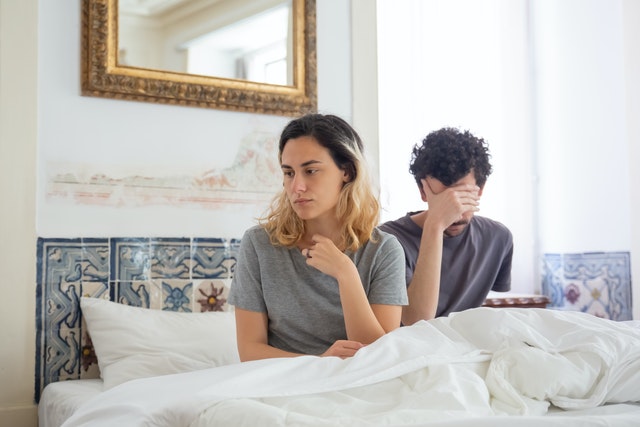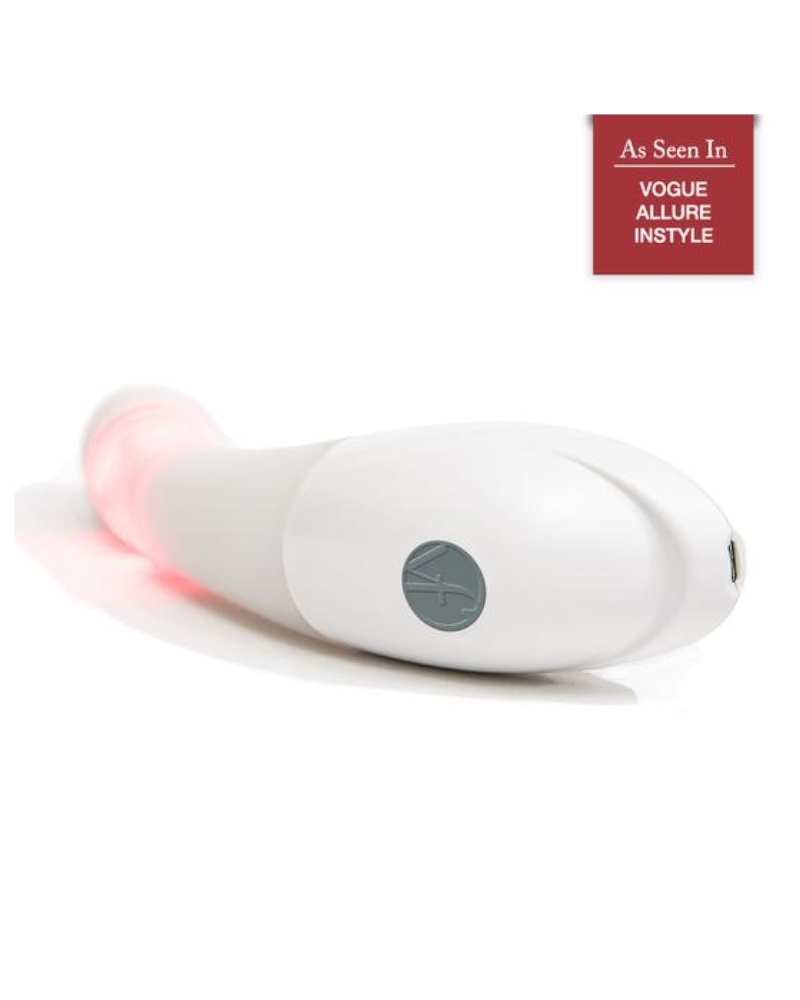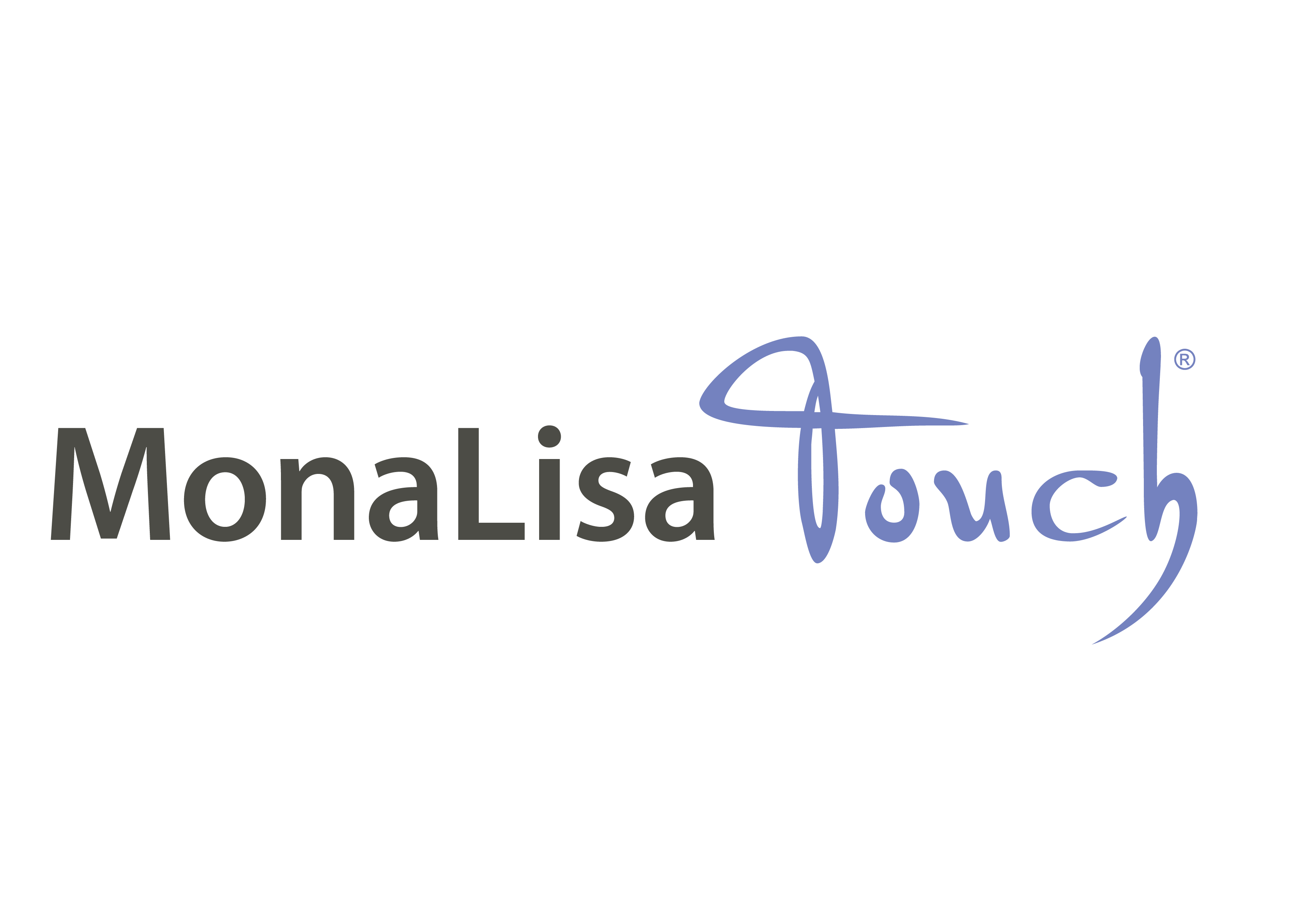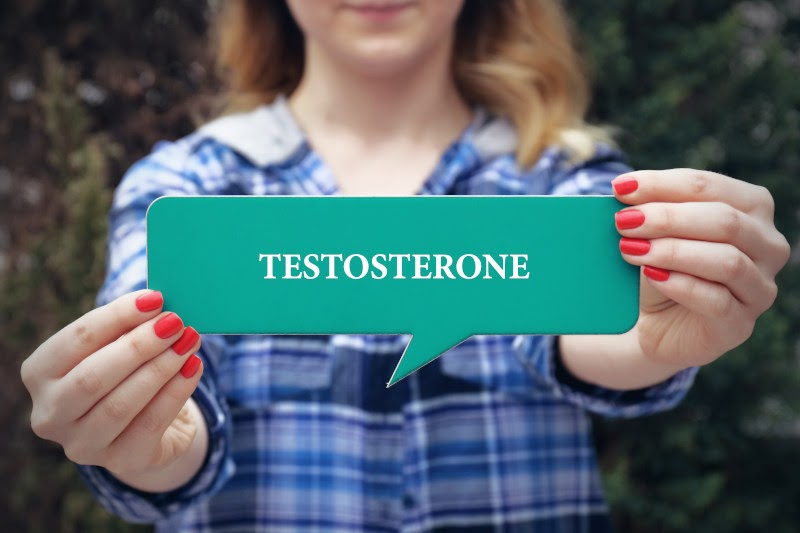
What is VAGINAL ATROPHY and what treatment solutions are there?
I am surprised by how many women that come to see me for vaginal dryness, painful sex, and loss of sexual sensation have never heard of vaginal atrophy. Because it’s not widely talked about, a lot of women feel that these are embarrassing issues. Well, I am here to tell you you’re not alone! No more suffering in silence!
This educational blog is designed to help women understand what it is, how it develops and what can be done to resolve it.
Knowledge is power and understanding tissue changes and how they lead to symptoms, why they happen and what you can do to prevent or treat this changes cam make all the difference for your quality of life and the health of your intimacy.
Vaginal Atrophy Symptoms
Vaginal atrophy is a thinning of the vaginal and vulvar skin, accompanied by dryness and loss of elasticity. It will feel like:
- Vaginal dryness and itchiness
- Painful sex
- Loss of sexual satisfaction – orgasms are harder to achieve and shorter
- Discomfort after sex and possibly light bleeding during or after sex
- Increased urinary infections after sex or for no reason
- A change in vaginal odor and constant or on and off itchy or burning sensation or both
- Sagginess and loss of laxity of the delicate vulvar and vaginal tissues – it just does not feel the same as it used to
- Loss of urinary control
Urinary issues are very common and will accompany vaginal atrophy changes or be more important for women who are not sexually active
- Leaking urine when exercising, or with coughing or sneezing, jumping maybe even sex
- Urgency
- Loss of urinary control on the way to the bathroom
- Going to the bathroom very often – need to stop the car when driving long distances or needing to go to the bathroom within 30 minutes of previously voiding
- Getting up at night to void at least 2 times or more sometimes over 4 times
All these symptoms affect a woman’s quality of life. Things that used to bring you joy are now causing you discomfort or pain: riding a bike, jogging, and especially sexual intercourse.

The common misconception is that this will just go away after a while. This really depends on the reason and if we don’t address the root cause of the problem it will be here to stay! So, many women attribute it to age and just buckle in and prepare to deal with it, but they are not being aware that vaginal dryness doesn’t go away like hot flashes will, instead, its severity just increases over time and will lead to other consequences.
All these symptoms have one thing in common as the main factor – LOSS of ESTROGEN
What are the circumstances that lead to loss of our female sex hormone?
- Aging
- Menopause
- Breastfeeding
- Amenorrhea – not getting a period for 3 months or longer
- Taking a low dose Birth Control Pill
- Premature ovarian failure caused by
- Chemotherapy
- Brain surgery
- Brain trauma
- Brain tumors
- Genetic risk factors
Many women who suffer from vaginal atrophy and urinary distress suffer in silence, mistaking their symptoms for common irritations, allergies, or infections. More often the changes are so gradual, that the symptoms go unnoticed until there is significant and even severe pain, leading to inability to tolerate sex or embarrassing incontinence.
There are many options available and if you have already reached out to your physician and the only recommended treatment was a vaginal cream or tablet that worked a little or not at all don’t give up. There are many options available that not all doctor offices will offer or discuss with you.
Vaginal Atrophy: At Home Solutions
Minimize Toxins Exposure to your delicate intimate areas
- Think of your vulva as an oasis with its own flora — balanced, nourished and keeping everything running smoothly. There is a whole ecosystem within the vagina that you’re probably aware of – Lactobacillus is the friendly bacteria that keeps the other bacteria or yeast at bay. Many soaps and bubble baths contain irritants that can mess with the balance of the natural flora of your vulva and vaginal skin. AVOID THEM!
- Sometimes women can be too thorough in cleaning the vulvovaginal area, stripping it of all the good stuff it needs to maintain a healthy flora. The vagina is actually self- cleaning – does not need to be cleaned with specialized intimate soaps nor douches. JUST Water or a simple gentle perfume free soap works great.
- Another possible toxin exposure is the detergent that we use to clean our lingerie. Switch to something natural and gentle to see if that makes a difference.
MAINTAINING FREQUENT INTIMACY
Do not underestimate its importance!
- Helps nourish the delicate vaginal and vulvar tissues since it promotes moisture and lubrication to some extent
- Maintains closeness and intimacy with your partner
Vaginal Lubrication – to use regularly or just for intimacy
LOCAL OIL – Simple organic coconut oil OR ghee can be very helpful in maintaining the comfort you need during intimacy, or just day to day – apply a small amount at bedtime or in am and massage into the thin delicate dry skin areas.
ESSENTIAL OILS – never use directly on the intimate and delicate skin – use a few drops of essential oil like rose, sandalwood, lavender or frankincense into the coconut or ghee oil.
PELVIC FLOOR EXERCISES – They increase pelvic blood flow, help increase your sensation when laxity has become an issue, and can improve elasticity. If done correctly, Kegel exercises are easy to do, available anytime you want (watching TV or listening to a conversation) at no expense to you, and if sex has become uncomfortable ask your doctor for a referral to a pelvic floor therapist as you learn behavioral modifications to help you relax and avoid discomfort during intimacy.
Vaginal Device for Home use
Consider using a personal device 2 times a week especially if not currently sexually active. Any vaginal personal use device will provide some benefits versus no intercourse. A medical grade device FDA approved for home use will provide more and faster results.
vFit is the first and only intimate wellness solution using red lights (LEDs), gentle heat and sonic technology for menopausal women. The revolutionary vFit promotes hydration, improves sensation and increases confidence – all from the privacy of home at a fraction of the cost of in-office options.

RED LIGHT (LEDS) ENERGY – Six high-powered UV-free red lights (LEDs) in the 662nm wavelength shine brightly to safely and effectively stimulate the tissue.
THERMAL ENERGY- Gentle heat warms the tissue and encourages blood flow, which aids in natural lubrication to help soothe dryness. Gentle heat also amplifies the LED benefits.
SONIC TECHNOLOGY- Sonic vibration aids in muscle stimulation. There are 6 (vFit) and 10 (vFit PLUS) modes for your customization.
PHOTONIC GEL- Formulated specifically to enhance your vFit performance and comfort, this ultra-concentrated, water-based gel is infused with hyaluronic acid and aloe to help moisturize.
Cost for Vfit plus is $495, and includes 1 tube of the biophotonic gel.
DHEA
DHEA is an androgen, similar to testosterone. It is considered a pro-hormone and it is necessary to improve the body’s functions like keeping your skin tight, repairing your muscles, and strengthening your bones.
DHEA has been shown in scientific studies, to also maintain libido, sexual desire and sexual function. Basically, it not only treats vaginal dryness and irritation but also boosts your mood and sex drive.
DHEA originates from the adrenal gland. It is an inactive precursor that leads to the production of active sex hormones like androgens or estrogens in specific cells and tissues. As estrogen levels naturally decrease it is DHEA that continues to be a remaining source of estrogens and androgens in the woman’s body. DHEA is produced by the body naturally and “extends” protective benefits to women as their estrogen levels decrease, but only for a time. There is a progressive decrease in serum DHEA which starts at the age of 30 years with an average 60% loss observed by menopause. DHEA can be introduced and utilized by the body. DHEA can be introduced orally, vaginally or by topical application to the vulva.
Prescription formulas for vaginal use are available from your doctor and compounding pharmacist. Commercially synthetic DHEA is available. In November 2016 the U.S. Food and Drug Administration (FDA) approved the first product containing the active ingredient Prasterone, also known as DHEA. The product, Intrarosa®, was approved to treat women experiencing moderate to severe pain during sexual intercourse, a chief symptom of vulvar atrophy. DHEA can also be compounded with or without Estriol – a weak estrogen safe to use in breast cancer patients.
Laser Therapies for Vaginal Atrophy
MONALISA TOUCH Laser Therapy is safe and very effective in treating vaginal atrophy. The laser has been approved by the FDA Specifically for: “incision, excision ablation, vaporization and coagulation of the body’s soft tissues in medical specialties including aesthetics and gynecology”. It is true the laser use has not been approved for any specific medical indications. It is at the discretion of physicians what type of condition can be helped or what type of symptoms could be alleviated.

Lasers have been used effectively and safely in aesthetic applications and to rejuvenate the facial skin and other parts of the body for many years. It is safe to apply such laser technology to the delicate and sensitive intimate feminine areas, and there are many studies regarding the specific benefits of using laser technology to address women’s vulvar and vaginal skin concerns that occur due to aging, loss of hormones, trauma or chronic illness.
In 2014 Cynosure introduced MONALISA TOUCH and since then many other CO2 lasers and different laser technologies like RF or ER-YAG have been used to help women suffering from various vulvar and vaginal skin changes that benefit from laser applications.
HERA Health Care has 4 different laser technologies with gynecological applicability:
- CO2 laser – MonaLisa Touch
- CRYO and RF (radiofrequency) VIVEVE
- RF radiofrequency – VITALIA
- Er-YAG – FOTONA
HERA Health Care and its physician Mirela Cernaianu are firm believers in innovation and the power of science and technology. We acquired MONALISA TOUCH in 2015, Vitalia in 2018, VIVEVE in 2019 and FOTONA in 2020. We have treated many women and we can attest just like many other physicians and practices in United States and throughout the world, that using such technology to improve quality of life is safe and life-changing, with no anesthesia, no discomfort and minimal to no down-time expected.
There are many non-FDA approved and controversial technologies – like the STEM CELLS and PRP. However, they have been used safely and with no adverse effects to restore health for many patients. LASER technology is safe and intensely studied and continuously researched for various medical applications by many scientists and physicians.
For more information about the warning issued by the FDA regarding laser technology use in “vaginal rejuvenation” please click here. To see response from Cynosure Please click on link for Cynosure/Hologic response to the FDA warning regarding laser use for vaginal rejuvenation procedures.
The FDA approved the COVID mRNA vaccines for emergency use with a few months of clinical phase 3 human trials. Tens of millions of women lined up to get the shot without asking any further questions. These laser technologies have been used safely and effectively for years and many women have had their intimacy restored and marriages saved, even though such technology is not FDA approved for specific medical indications.
However, Laser treatments are not for everyone and they don’t fit everyone’s budget.
HORMONE THERAPY
There are many misconceptions about sex hormones and some physicians are not up to date with current recommendations. Sadly, many women are misinformed and afraid of hormone therapy. Getting into the nitty gritty of HRT and its risks is beyond the scope of this page but let’s think a little and review the following:
ESTROGEN
Women have abundant Estrogen for at least 30-40 decades of their young and mature lives. When do they get Breast Cancer? As they age and hormones decline. According to cancer.gov the risk that a woman will be diagnosed with breast cancer during the next 10 years, starting at the following ages, is as follows:
- Age 30 . . . . . . 0.49% (or 1 in 204)
- Age 40 . . . . . . 1.55% (or 1 in 65)
- Age 50 . . . . . . 2.40% (or 1 in 42)
- Age 60 . . . . . . 3.54% (or 1 in 28)
- Age 70 . . . . . . 4.09% (or 1 in 24)
What happens as women age? Their Estrogen hormone declines. There are many studies that show women who take Estrogen have a decreased risk of breast cancer. There are studies that also show that combination therapy Estrogen and Progestin – a synthetic non-bio-identical Progesterone increase risk of breast cancer. MAYBE estrogen is not to blame but the synthetic progestin is! There are NO studies for Estrogen and bio-identical Progesterone combination therapy, so there is a lot we don’t know.
However, there is a LINK between Hormones and Cancer
Let’s make it simple: if you have some weeds in your patio/garden and you start watering them every day and applying miracle grow regularly what do you believe will happen? If you are at risk to get cancer or you already have a slow growing cancer then hormone therapy can have the same effect as the miracle grow and water on your unwanted weeds! The key is to lead a lifestyle that can minimize your risk from early on, not necessarily decide to avoid using hormones that could be effective at treating many conditions like vaginal atrophy, painful sex, loss of sexual desire, osteoporosis, depression at menopause, fatigue and many more.
Estrogen can be used systemically – delivered to the whole body or locally – delivered to the vaginal and vulvar tissues. If you use systemic Estrogen, you will also need Progesterone as long as you have a uterus. Estrogen has over 400 functions in the female body and once lost after menopause you can only replace it, ideally under the supervision of a trained physician after an appropriate medical consultation to review your individual risks and benefits and tailor a plan and dose appropriate for your age and your needs.
TESTOSTERONE
If you are going to be alone on an island with just ONE hormone you want to choose Testosterone.
Advantages over Estrogen
- Does not need Progesterone in tandem to protect your uterine lining
- It will not cause vaginal bleeding
- It does not cause or worsen breast cancer, uterine or ovarian cancer – as a matter of fact it could be protective for your breast tissue as it has anti-estrogenic properties
- It does not cause emotional up and downs and cravings that sometimes accompany Estrogen intake
BENEFITS OF TESTOSTERONE REPLACEMENT
- Increases sex drive and enhanced sexual satisfaction
- Acts as a mood stabilizer and helps with irritability
- Relieves depression without the side effects of the anti-depressant medications
- Enhances self-esteem and sense of well-being
- Improves mental clarity
- Relieves fatigue, increases energy, stamina and endurance and recovery after exercise
- Maintains and increases muscle mass
- Help relieve stiffness and achiness caused by menopause (Estrogen is better but T alone could help)
- Helps with weight loss
- Helps bone mass and improves osteoporosis

Testosterone can be used alone or in combination with Estrogen, or Estrogen and Progesterone. There are possible side effects (acne, increased hair turn-over and increased growth of body hair) and women need to be aware that sometimes such side effects can be mitigated or minimized with medications like spironolactone, or herbal products like saw palmetto and chrysin, or by decreasing the dose or the frequency of use.
Certainly, that was a lot of areas we covered in this blog article! It may be overwhelming for some, so that is why I am here for you. If you would like a personal consultation on your sexual, vaginal or hormonal health, please come see me. HERA Healthcare is a specialized women’s health center located in Westlake Village, Thousand Oaks. Call and ask to make an appointment with Dr. Mirela Cernaianu, at 805-379-9110.


